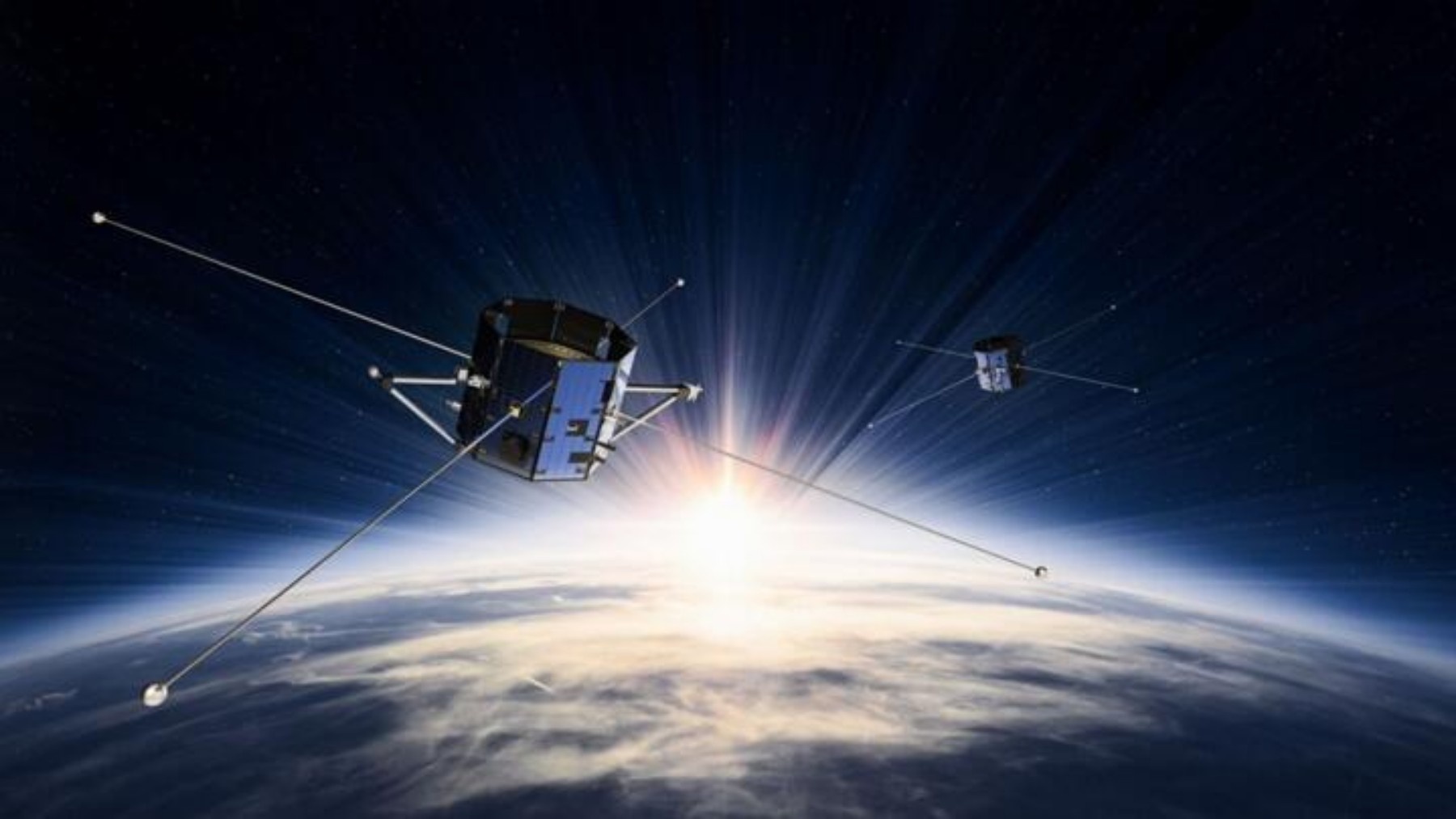On July 23, 2025, two satellites were launched into orbit by NASA and SpaceX. The objective is to study the solar winds from the Sun and their effect on Earth’s geomagnetic fields. Called TRACER, NASA explains that the satellites’ mission is to “help understand magnetic reconnection and its effects on Earth’s atmosphere.” According to researchers, geomagnetic storms occur when solar winds interact with the space surrounding Earth.
Their radiation penetrates the ionosphere, and it is then that the well-known and admired auroras borealis occur.The presence of these types of phenomena in unusual places is a symptom of an anomaly in the Earth’s magnetosphere, which is being investigated by space agencies such as the National Oceanic and Atmospheric Administration (NOAA). In 1859, the largest geomagnetic storm, called The Carrington Event, was recorded. It completely destroyed the electrical system of the United States, causing damages of $2.6 billion.
NASA and SpaceX
The National Aeronautics and Space Administration (NASA), which has been operating since 1958, is the United States government agency responsible for aeronautics research and aerospace missions, as well as the civil space program. On the other hand, Space Exploration Technologies Corporation is the private company founded by Elon Musk, dedicated to aerospace manufacturing and space transportation services. On July 23, 2025, the agency and the private company joined forces and launched two orbital satellites into space.
TRACER Satellites
One of NASA’s missions is to study how the solar winds from the Sun affect the geomagnetic fields of planet Earth. This is precisely the mission of the two satellites that NASA and SpaceX launched into orbit on July 23rd. Named TRACER, NASA explains that they “will help understand magnetic reconnection and its effects on Earth’s atmosphere.” Magnetic reconnection is the phenomenon about which NASA wants to obtain more information and study. It “occurs when the Sun’s activity interacts with the Earth’s magnetic field,” according to NASA’s statements. All the information gathered by the TRACER satellites will help researchers understand and predict possible impacts on our planet.
Geomagnetic storms
Have you ever heard of solar storms? Well, it’s another way of referring to geomagnetic storms. These phenomena occur when solar wind interacts with the space surrounding our planet, penetrating into the ionosphere and deeper layers of the atmosphere. When this happens, we can see the consequences in the sky in the form of the known auroras borealis (or northern lights). Every time those colorful lines that fascinate us who observe them are drawn in the sky, they are the consequence of a storm.
The problem lies in the fact that they are increasingly occurring in more unusual areas, which suggests that more disturbances are happening in the Earth’s magnetosphere. This event concerns research agencies, including the National Oceanic and Atmospheric Administration (NOAA), which are investigating it to issue warnings in case they escalate.
The largest geomagnetic storm in history
Known as the Carrington event, it lasted two days and caused auroras visible from southern Colombia, Mexico, and Cuba. It occurred in 1859, and no geomagnetic storm of similar magnitude has ever happened again. The damage caused reached up to $2.6 trillion in today’s terms. The reason? Both the telegraph systems in Europe and the United States failed, as did all telecommunications infrastructure. This led to the operators responsible for sending messages being completely paralyzed. It is believed that current infrastructures would withstand a storm, but it is advisable for agencies to continue researching these phenomena and their impact.





